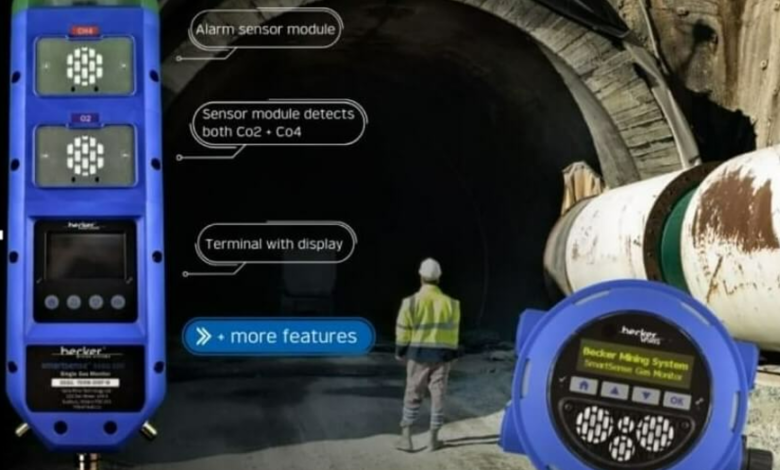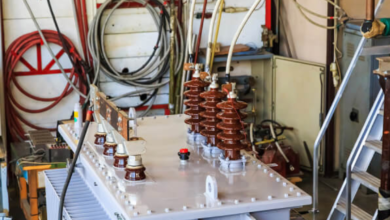How Real-Time Gas Monitoring Prevents Mining Disasters

Mining is one of the most demanding and dangerous industries, with workers often exposed to hazardous gases and environmental risks that can lead to catastrophic disasters. Real-Time Gas Monitoring has emerged as a game-changer, significantly improving safety measures and helping prevent mining accidents before they escalate into life-threatening situations.
Real-time gas Monitoring systems are designed to continuously track the concentration of gases such as methane, carbon monoxide, and hydrogen sulfide, which are common in underground mining environments. These gases, when present in dangerous concentrations, can lead to explosions, fires, and even long-term health issues for miners. By implementing Real-Time Gas Monitoring technology, mining companies can identify dangerous gas levels instantly and take swift action to protect workers and the overall mining site.
One of the key benefits of Real-Time Gas Monitoring is its ability to offer immediate alerts when gas levels rise above safety thresholds. This early warning system allows mining operators to evacuate workers and shut down operations, minimizing the risk of exposure. Additionally, these systems can be linked to ventilation systems, automatically adjusting airflow to reduce gas buildup, ensuring a safer environment even before human intervention.
The technology behind Real-Time Gas Monitoring systems has evolved significantly in recent years, with advances in sensors and data analytics improving their accuracy and reliability. These systems can now monitor multiple gases simultaneously, providing a comprehensive overview of the mine’s air quality. Furthermore, the data gathered from these systems is continuously analyzed and stored, allowing for historical trend analysis. This data-driven approach helps mining companies predict potential hazards and make proactive safety improvements.
Beyond safeguarding lives, Real-Time Gas Monitoring also helps companies comply with safety regulations. Many regions have stringent mining safety standards, and using advanced gas monitoring systems helps meet these requirements while demonstrating a commitment to employee welfare. Additionally, the integration of Real-Time Gas Monitoring technology reduces the likelihood of costly accidents and downtime, ultimately benefiting the mine’s bottom line.
In conclusion, Real-Time Gas Monitoring is a critical tool in the fight to prevent mining disasters. By providing immediate alerts, automating safety measures, and continuously collecting data, this technology plays a vital role in ensuring the safety of miners and the long-term viability of mining operations. For companies committed to safeguarding their workforce, investing in Real-Time Gas Monitoring systems is an essential step toward a disaster-free future in mining.
This post was written by Justin Tidd, Director at Becker Mining Communications! For over 15 years, Becker Communications has been the industry’s leader in Tunnel communication system and electrical mining communication systems. As they expanded into surface mining, railroads, and tunneling they added wireless communication systems, handheld radios, tagging, and tracking systems, as well as gas monitoring.





